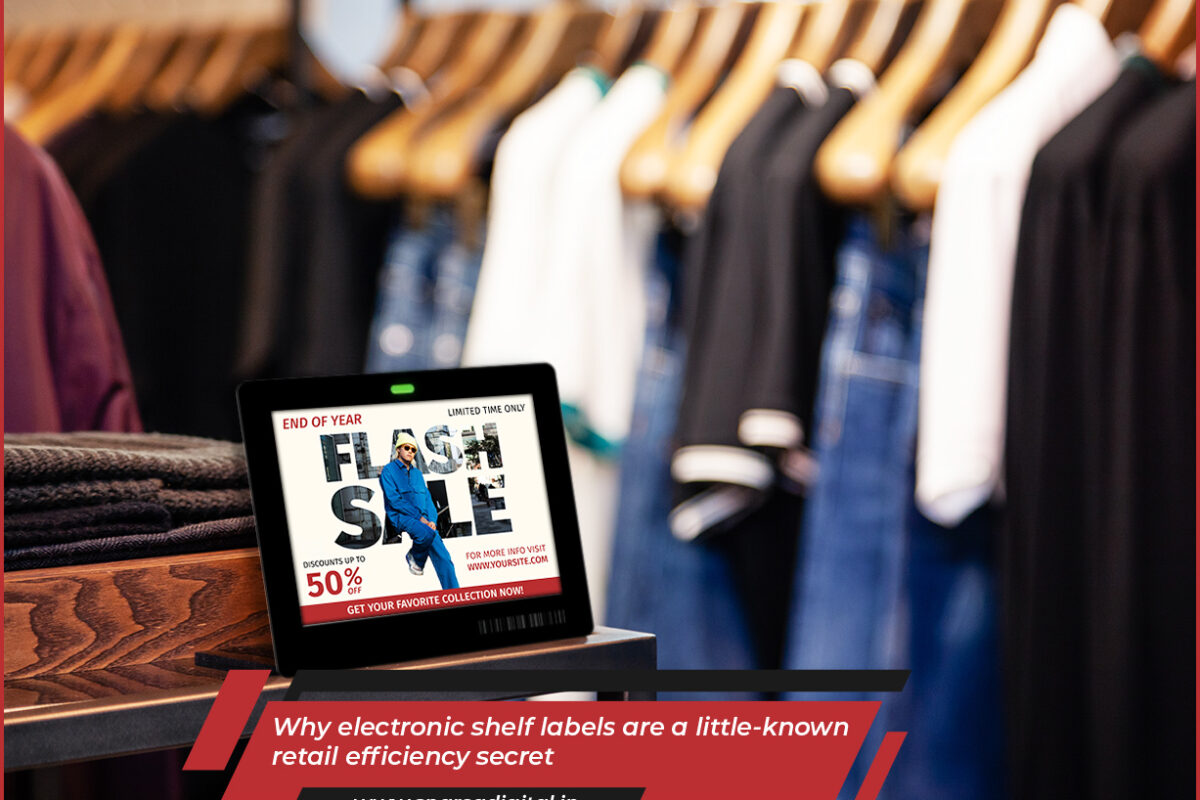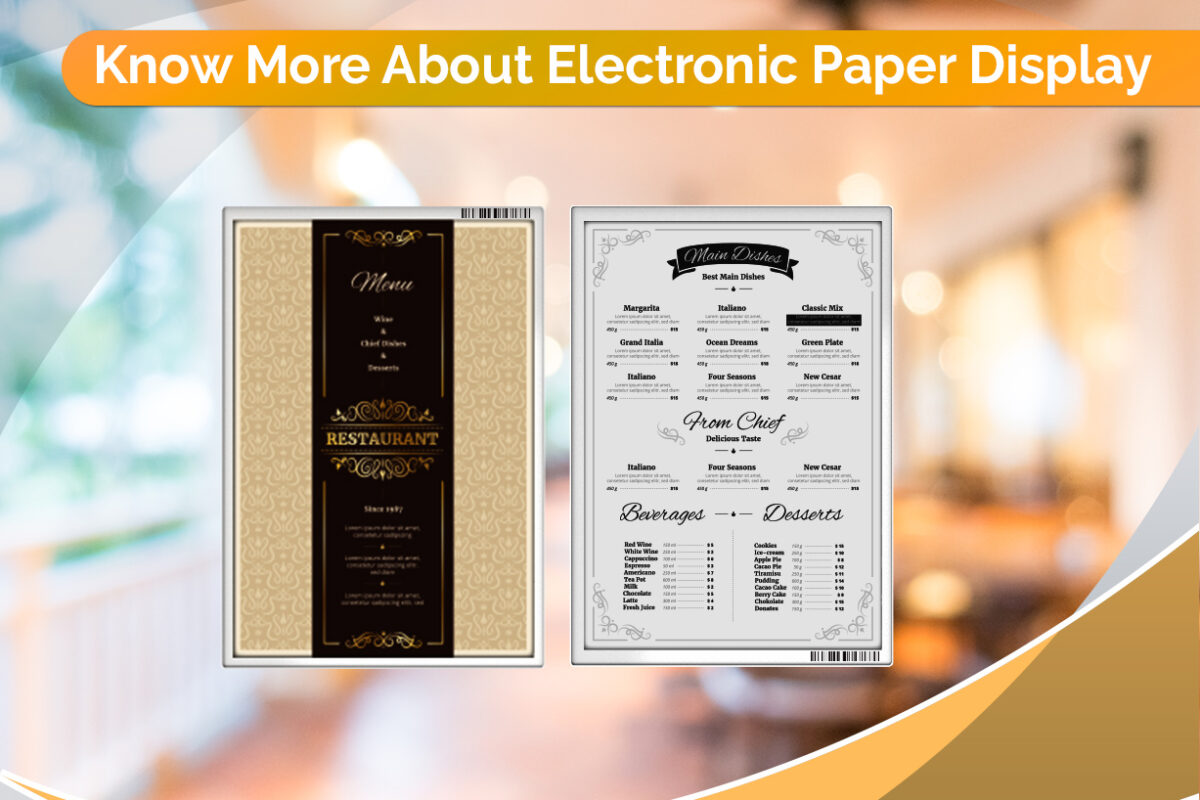In the fast-paced world of retail, efficiency is key to staying competitive. From supply chain management to customer experience, every aspect of the retail industry strives for optimization. However, there is a lesser-known secret to improving efficiency that many are yet to fully embrace: electronic shelf labels in retail(ESLs). These digital price tags offer a myriad of benefits that can revolutionize the way retailers operate. In this blog post, we will explore why electronic shelf labels in retail are a powerful tool for enhancing efficiency.
Know More About Electronic Shelf Labels in Retail
Real-Time Price Updates:
One of the primary advantages of electronic shelf labels in retail is their ability to display real-time pricing information. In traditional retail settings, manual price updates can be time-consuming and prone to errors. ESLs eliminate this hassle by seamlessly integrating with a store’s pricing system. Retailers can easily update prices across the entire store or specific sections with a few clicks, ensuring accurate and consistent pricing. This automation saves valuable time for store employees, enabling them to focus on other critical tasks.
Improved Pricing Accuracy:
Price discrepancies can lead to customer dissatisfaction and loss of trust. ESLs eliminate the risk of pricing errors caused by outdated or mismatched tags. With real-time synchronization, ESLs ensure that the displayed price matches the one in the store’s central database. This accuracy not only enhances customer satisfaction but also reduces the time spent by employees addressing customer complaints and processing refunds or adjustments.
Dynamic Pricing Capabilities:
Electronic shelf labels in retail offer retailers the ability to implement dynamic pricing strategies effortlessly. With the integration of data analytics and intelligent pricing algorithms, ESLs can automatically adjust prices based on factors such as demand, time of day, or competitor pricing. This dynamic pricing approach allows retailers to optimize profit margins, reduce stock levels for slow-moving items, and increase sales for high-demand products. ESLs enable retailers to stay agile in a rapidly changing market, giving them a competitive edge.
Efficient Inventory Management:
Keeping track of inventory levels and ensuring product availability is a constant challenge for retailers. ESLs can significantly streamline inventory management processes. By linking ESLs with inventory management systems, retailers gain real-time insights into stock levels and can receive automated notifications for restocking or replenishment. This proactive approach helps reduce out-of-stock situations, optimize inventory turnover, and prevent revenue losses caused by missed sales opportunities.
Time-Saving Maintenance:
Traditional paper tags require manual replacement and updates, which can be a time-consuming task for store employees. In contrast, electronic shelf labels in retail are easily maintained and updated. Once installed, ESLs can be remotely managed, eliminating the need for manual label changes. Store employees can focus on core responsibilities, such as assisting customers or managing the sales floor, rather than spending time on mundane label maintenance tasks.
Enhanced Customer Experience:
ESLs offer more than just efficient operations; they also contribute to an improved customer experience. Customers can rely on accurate and consistent pricing information throughout the store. ESLs can also display additional product details, such as nutritional information, allergen warnings, or customer reviews, enriching the shopping experience and aiding purchase decisions. Additionally, ESLs enable retailers to quickly implement promotions or flash sales, attracting customers with attractive offers and driving sales.
Conclusion
While electronic shelf labels in retail have a little-known efficiency secret, their impact on optimizing operations and improving customer experiences should not underestimated. By leveraging real-time updates, improved accuracy, dynamic pricing capabilities, efficient inventory management, time-saving maintenance, and enhanced customer experiences, retailers can gain a significant competitive advantage. As the retail landscape continues to evolve, embracing technologies like ESLs will be crucial for staying ahead in a rapidly changing industry.
Looking forward to getting started? Connect with our experts at Sparsa Digital today. Our team of experts makes sure they get the best solutions as per your needs and expectations. In this case, getting started with electronic shelf labels in retail. ESLs are the need of the hour! Businesses now realize that it is hard time to understand its importance and the value they provide. So, still thinking? Waste no more time and contact us at Sparsa Digital to help you begin your journey right away!


